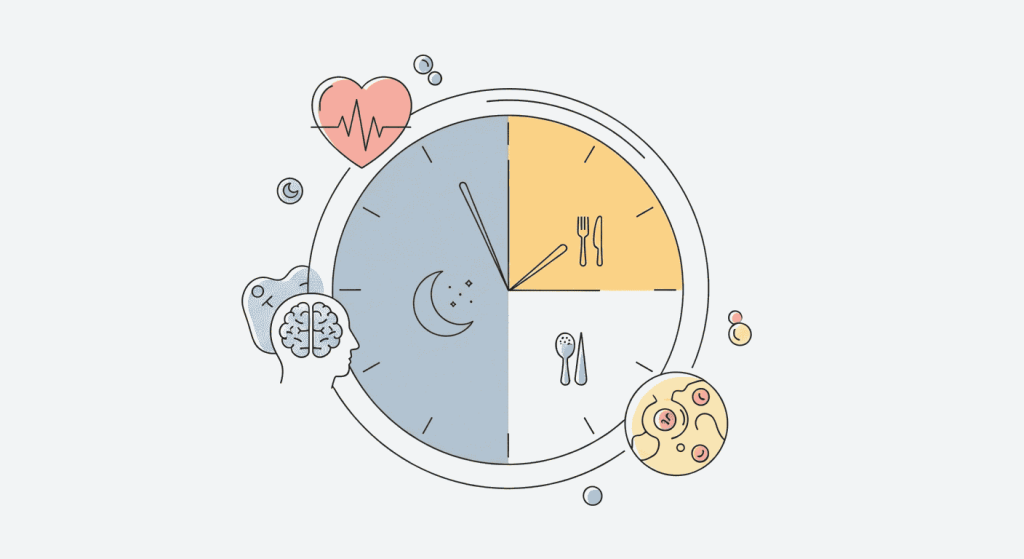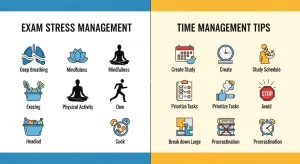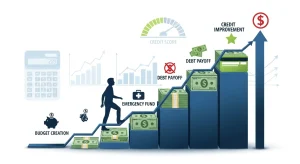Looking to boost your health and simplify your diet routine? Welcome to your go-to guide for intermittent fasting, exploring its powerful benefits and practical tips to help you get started and stick with it.
What Is Intermittent Fasting?
Intermittent fasting (IF) is an eating pattern that alternates between periods of eating and fasting. Unlike typical diets focused on what you eat, IF is about when you eat. Common approaches include time-restricted eating like 16:8 fasting, shorter windows like 12:12, and variations like the 5:2 diet or alternate-day fasting.
Best Healthy Snacks to Keep You Energized All Day
Why Try Intermittent Fasting?
Key Intermittent Fasting Benefits
-
Weight Loss & Fat Burning – By limiting your eating window, intermittent fasting benefits include reduced calorie intake and metabolic switching to fat for energy.
-
Better Blood Sugar & Insulin Sensitivity – IF may lower insulin resistance and improve blood sugar control, aiding long-term metabolic health.
-
Heart Health & Inflammation – Benefits include lowered cholesterol, triglycerides, blood pressure, and overall inflammation—potentially reducing cardiovascular risk.
-
Autophagy & Cellular Repair – Intermittent fasting may stimulate autophagy, a process of cellular renewal linked to longevity and disease prevention.
-
Improved Brain Health – Fasting supports the production of BDNF and enhances cognitive function, potentially boosting brain health and memory.
Why It’s Popular
IF is simple—no counting calories, just focusing on timing. It’s flexible, research-backed, and sustainable. Many people also report improved focus, energy, and better sleep through better alignment with circadian rhythms.
5 Easy Healthy Breakfast Ideas for Busy Mornings
Choosing the Right Method
| Method | Eating/Fasting Window | Best For |
|---|---|---|
| 12:12 | 12 hrs eating / 12 hrs fasting | Beginners or daily meals |
| 16:8 fasting | 8-hour eating window | Weight loss, sustainable routine |
| 5:2 diet | Normal 5 days, 600 kcal 2 days | Flexibility & calorie control |
| Alternate-day | Feast one day, fast next | Advanced users, motivated |
| OMAD / 24-hr | One meal or full-day fast | Experienced fasters, disciplined |
16:8 fasting is the most popular. Research suggests flexible windows like 8–10 hours can work just as well while improving adherence. Always choose a schedule that fits your lifestyle.
Top 10 Superfoods for Your Daily Diet Boost Health
Practical Intermittent Fasting Tips
Here are effective intermittent fasting tips to optimize your experience:
-
Start Slow – Begin with a 12-hour fast before building up to longer windows.
-
Stay Hydrated – Drink water, herbal teas, or black coffee during fasting.
-
Focus on Nutrient-Dense Meals – Avoid overeating during your eating window—choose whole foods to support the benefits.
-
Plan Your Eating Window – Align it with your lifestyle and energy needs.
-
Be Consistent – Regular practice helps your body adapt and delivers better results.
-
Avoid Extreme Fasting – Prolonged or every-other-day fasts can be hard to sustain and risk negative effects.
-
Consult Your Doctor – Fasting isn’t suitable for everyone—seek medical guidance, especially if you have conditions like diabetes.
Sustainable Fashion Brands to Watch
FAQ
1. What are the main intermittent fasting benefits?
Intermittent fasting benefits include weight loss, improved blood sugar, better heart health, reduced inflammation, enhanced autophagy, and brain support.
2. Is 16:8 fasting better than the 5:2 diet?
There’s no one-size-fits-all. 16:8 fasting offers daily consistency and easier adherence, while the 5:2 diet allows more flexibility with periodic calorie restriction.
3. How to make intermittent fasting sustainable?
Start with shorter fasts, hydrate well, eat nutrient-rich foods, align your eating window with your routine, and prioritize consistency.
Call to Action
Ready to start your intermittent fasting journey and maximize those benefits with the right tools? Check out this resource to get started now: Click











